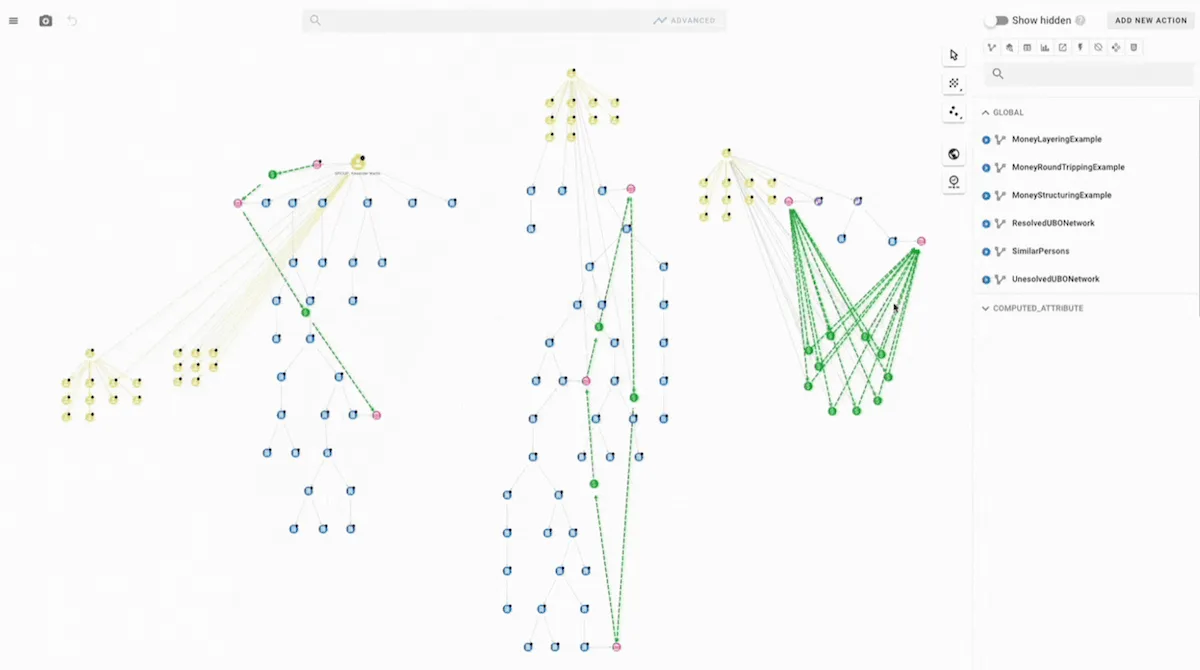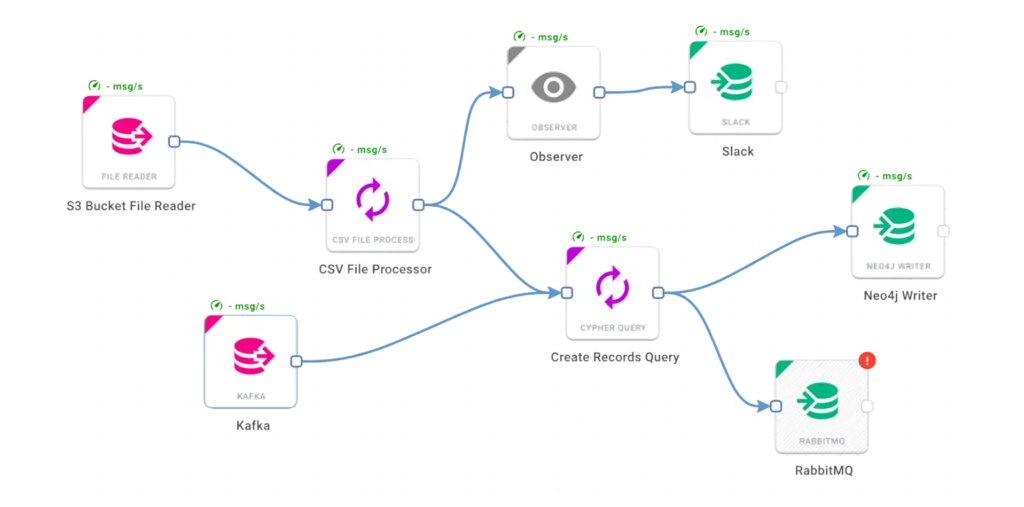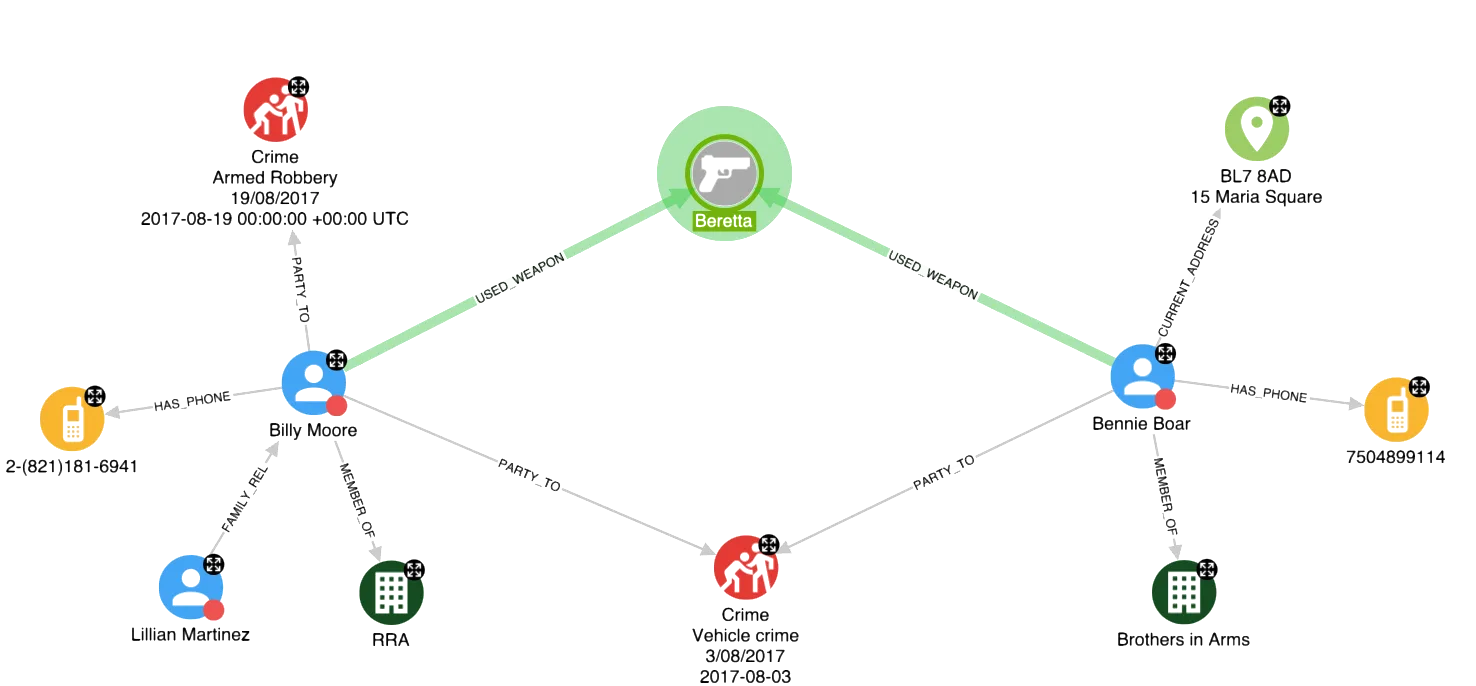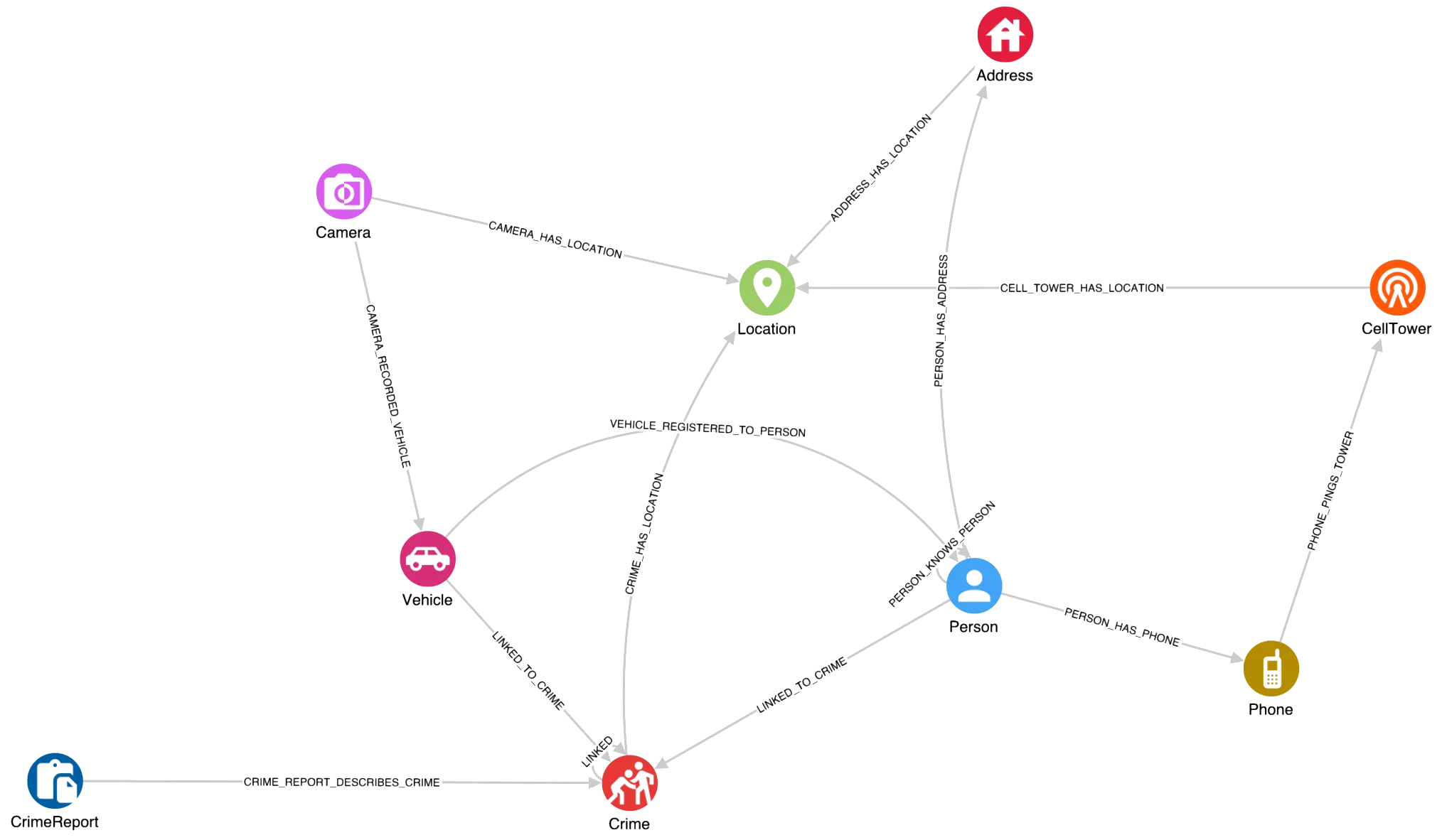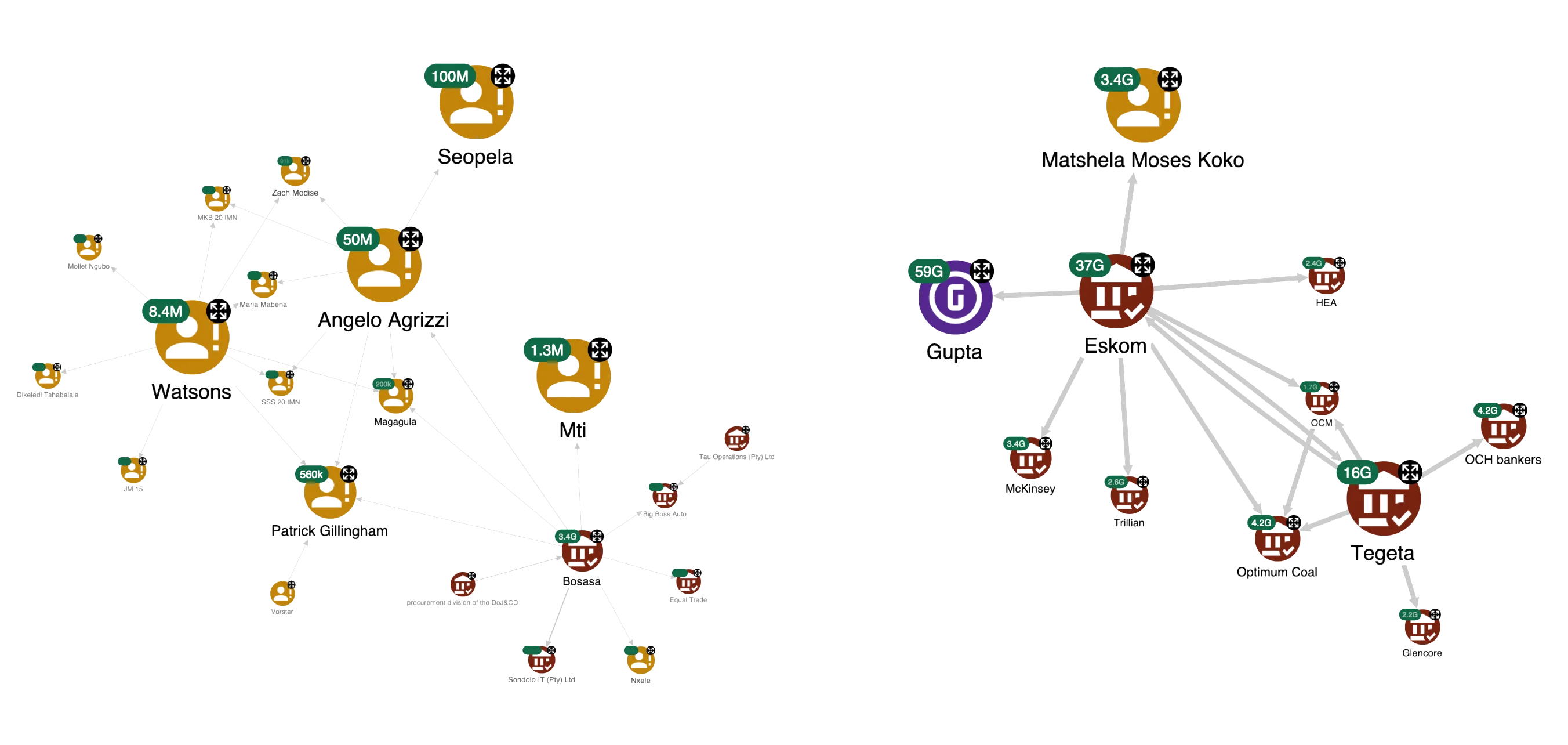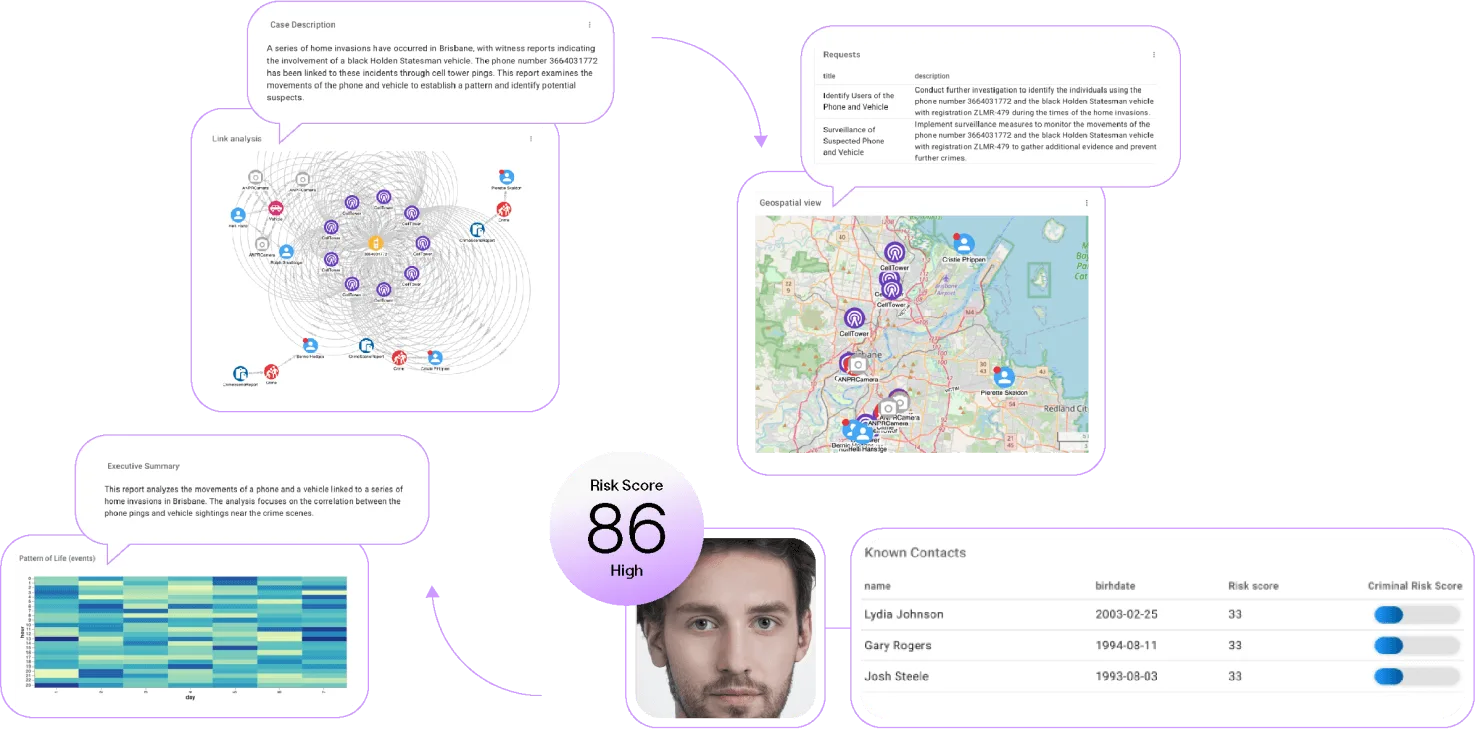What is Link Analysis Software?
Link analysis is a data analysis technique used to evaluate relationships between entities within large datasets. In this context, entities (or nodes) can represent people, organizations, events, and more, while links (or edges) signify the relationships between them. The visual representation of these connections is crucial for identifying patterns and uncovering hidden relationships. However, link analysis software offers much more than just data visualization. It provides powerful traversal capabilities, enabling users to explore and investigate connections between data points. This functionality is essential for finding clues or confirming investigative hypotheses.
How Link Analysis Software Works?
Link analysis software represents data as networks of nodes and edges, enabling the discovery of hidden connections through network analysis. There are two main architectural approaches to link analysis software.
The traditional approach involves reconstructing graphs from relational tables at the application level, which can be inefficient and complex. The modern approach stores data natively in graph structures, such as graph databases or knowledge graphs, allowing analysts to query relationships directly, without the need to rebuild the graph for every query.
These approaches illustrate the evolution of data analysis in crime and intelligence work. While early tools focused on linking specific data points manually on an investigation canvas, modern systems aim to integrate organisation-wide data to uncover deeper patterns and previously unseen connections.
The traditional model is increasingly unsuitable in today’s data landscape, where zettabytes of information are generated daily. This growing complexity has driven the shift towards graph architectures, which are purpose-built to handle interconnected data at scale.

